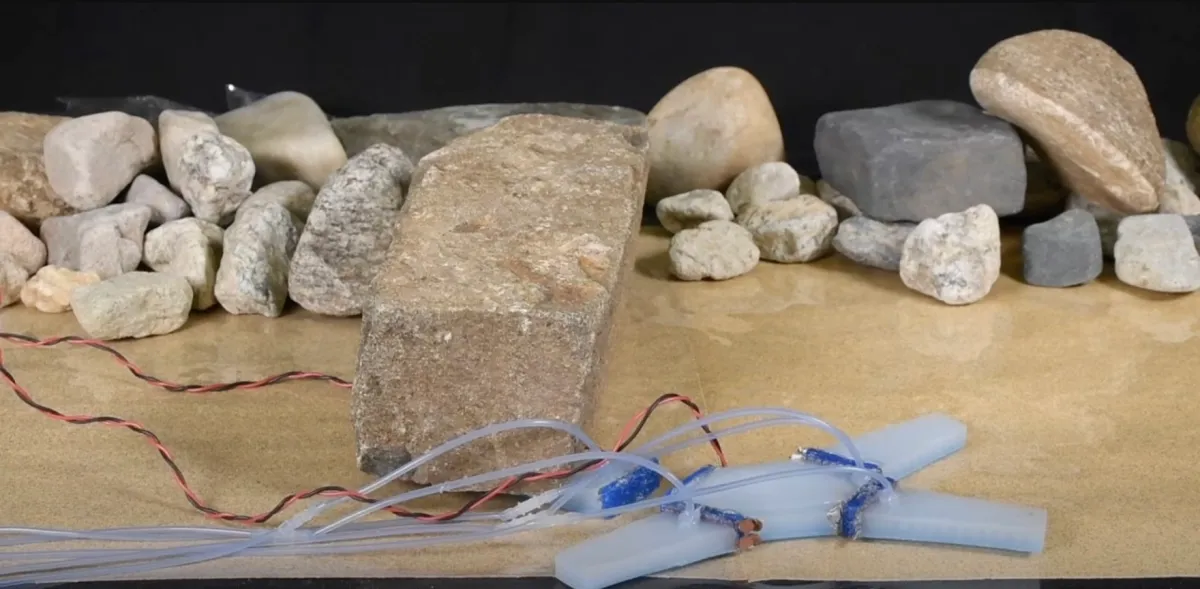Imagine a robot that can detach its own limb to escape danger or team up with others to bridge a gap—Yale’s new soft robots are taking adaptability to a whole new level!
nanadwumor

RECOMMENDED ARTICLES
Why I chose Firefox and have never regretted!
If you are a Chrome fanatic, you are about to change your mind about Firefox and give it a real place in your browser toolbox. These firefox features will blow your mind away! Firefox can do...
Trump fires Copyright Office director after report raises questions about AI training
President Donald Trump has fired Shira Perlmutter, who leads the U.S. Copyright Office. The firing was reported by CBS News and Politico, and seemingly confirmed by a statement from Representative Joe Morelle, the top Democrat on the Committee for House...
Top 7 reasons why Poland doesn’t accept Muslims
Europe is facing an unprecedented migrant crisis. The sudden influx of people from around the world to Europe has sparked humanitarian and political crisis in Europe. Many have lost their lives trying to reach the shores of Europe. Although EU has a common policy in...
Researchers at The Faboratory at Yale University have created a method that enables soft robots to mimic some of the more surprising behaviors observed in animals and insects, such as a reptile voluntarily severing a limb or ants forming temporary bridges by connecting their bodies.
In one demonstration video, a soft quadrupedal robot is seen crawling along when a falling rock pins one of its back legs. By applying heat through an electric current to the joint that connects the leg, the robot can detach it and free itself. While the video doesn’t display this, the limb is also capable of being reattached afterward.
In the second video, a single crawler robot is unable to cross the gap between tables, but three robots are able to fuse together (again, using joints that have been heated and softened by electric current) and then cross the gap as a single unit.
These capabilities aren’t entirely new to the world of robotics (especially modular robotics), but existing systems based on mechanical connections and magnets are inherently rigid, according to Spectrum IEEE. The innovation here lies in the joints, created using a material called a bicontinuous thermoplastic foam, along with a sticky polymer. This combination allows the joint to be melted and pulled apart, then stuck together again.
Join Our Telegram Group
Join Our WhatSapp Group
You May Also Like…
Why I chose Firefox and have never regretted!
If you are a Chrome fanatic, you are about to change your mind about Firefox and give it a real...
Trump fires Copyright Office director after report raises questions about AI training
President Donald Trump has fired Shira Perlmutter, who leads the U.S. Copyright Office. The firing...
Top 7 reasons why Poland doesn’t accept Muslims
Europe is facing an unprecedented migrant crisis. The sudden influx of people from around the...




0 Comments